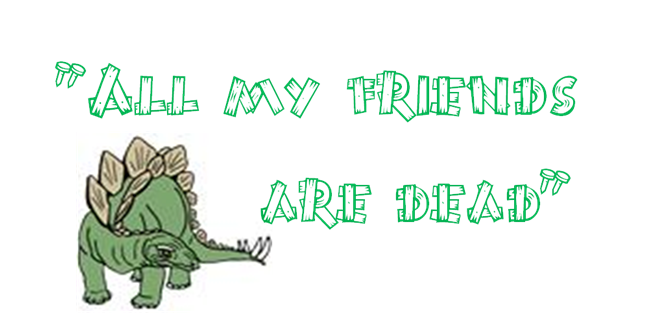|
ECONOMY / BUSINESS / INNOVATION

Two drawbacks in terms of innovation.
1. School does not teach entrepreneurship, it teaches something else that
responds to industrialism demands for skilled labor.
2. In a mature organization it is evident that they are really bad at innovation
because they're designed to be bad at innovation. They are designed to
create operational efficiency.
It's not the lack of vision !
- it’s just the focus on “operational efficiency” !
Companies do exactly what they are designed to do: create operational efficiency. This deeply-rooted tendency goes all the way back to a corporation's typical life cycle. In it's infancy, it's designed to bring innovation to the market. A start-up's success is not gauged by earnings or quarterly reports; it's measured by how well it identifies a problem in the market and matches it to a solution. If venture capitalists think entrepreneurs have identified a big problem with an interesting solution, they'll fund the start-up. If those entrepreneurs match and improve this solution, they'll see growth in revenues and, ultimately, profitability.
But that's not what life is like within a mature organization. When corporations reach maturity, the measure of success is very different: it's profit.
Employees are taught to seek efficiencies, leverage existing assets and distribution channels, and listen to (and appease) their best customers.
Such practices and policies ensure that executives can deliver meaningful earnings to the street and placate shareholders. But they also minimize the types and scale of innovation that can be pursued successfully within an organization.
To use their existing processes for sourcing and distributing as well as empowered them to use excess manufacturing capacity. It is product development in an operationally-efficient fashion.
So if you want to climb the biggest barrier,
this is what you have to do;
For executives who want to secure growth through innovation, the answer lies in recognizing the limits of their organization and empowering groups to function with very different goals and operational metrics aiming to identify new needs / requirements in the market and match it to a solution.
|